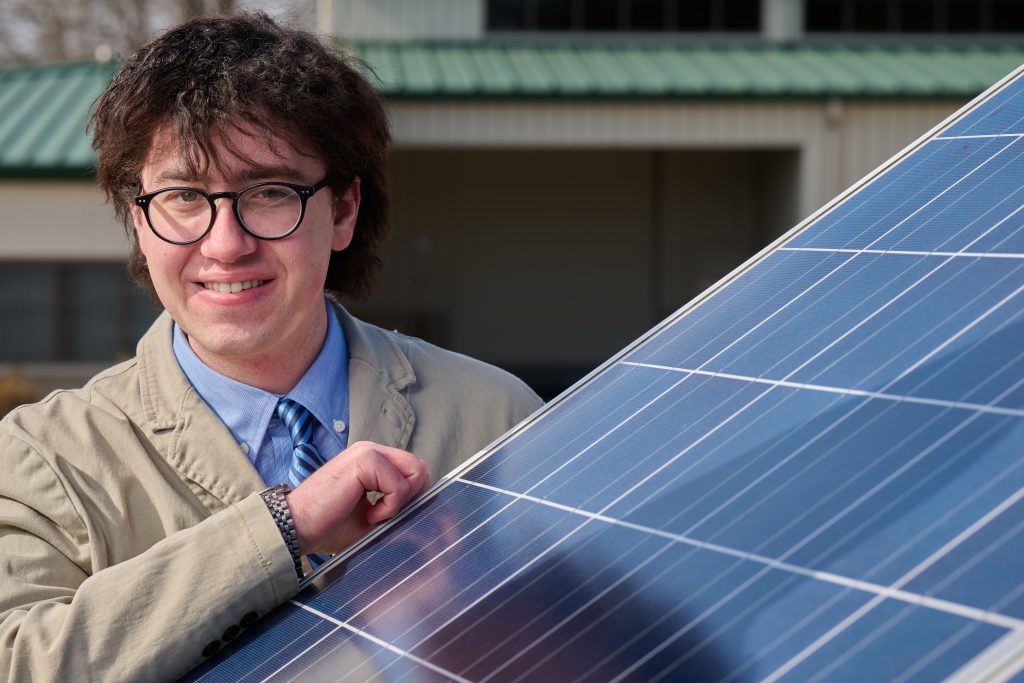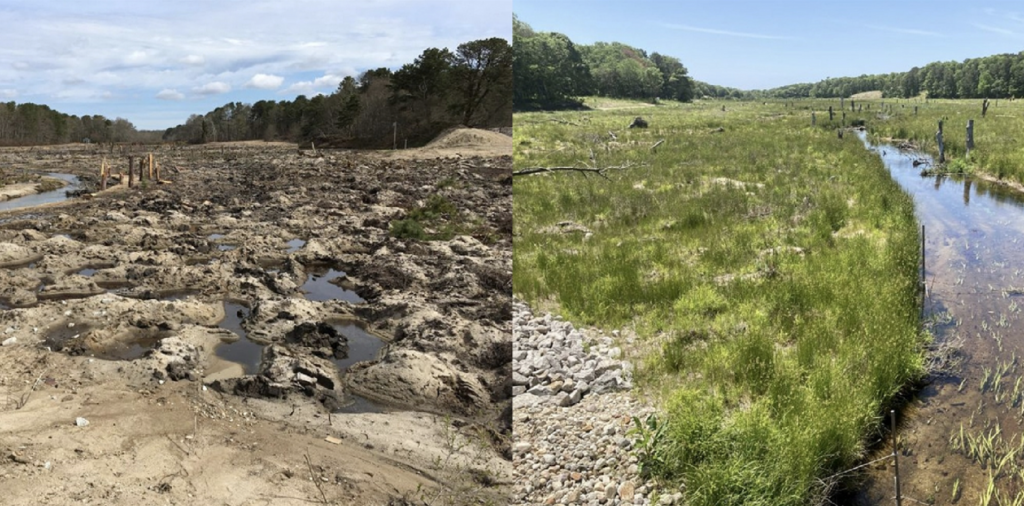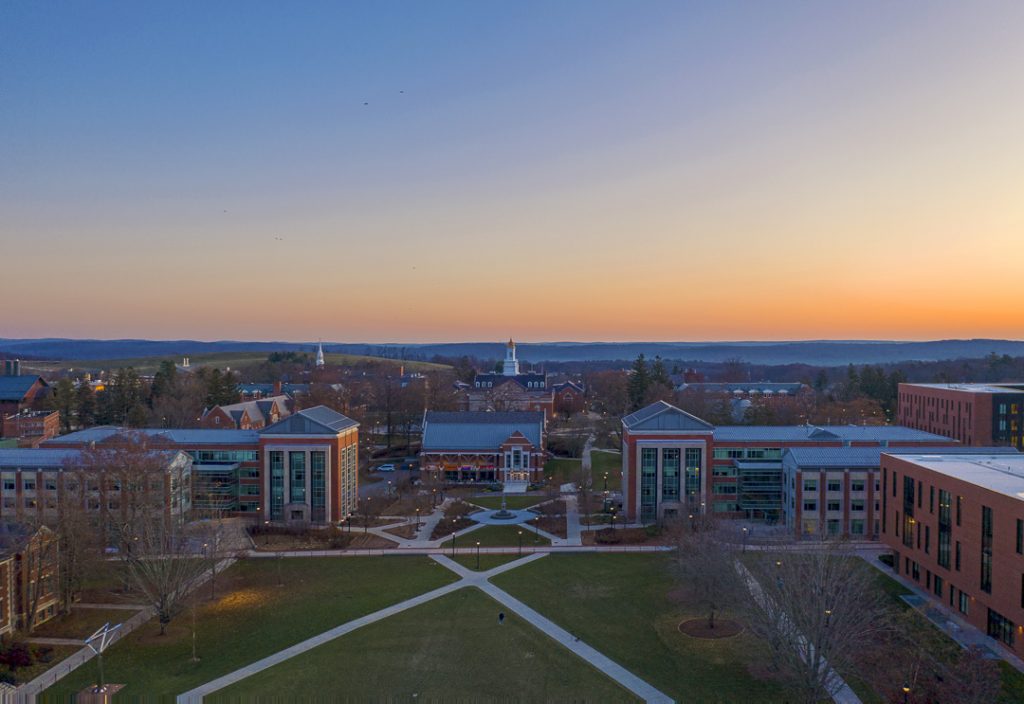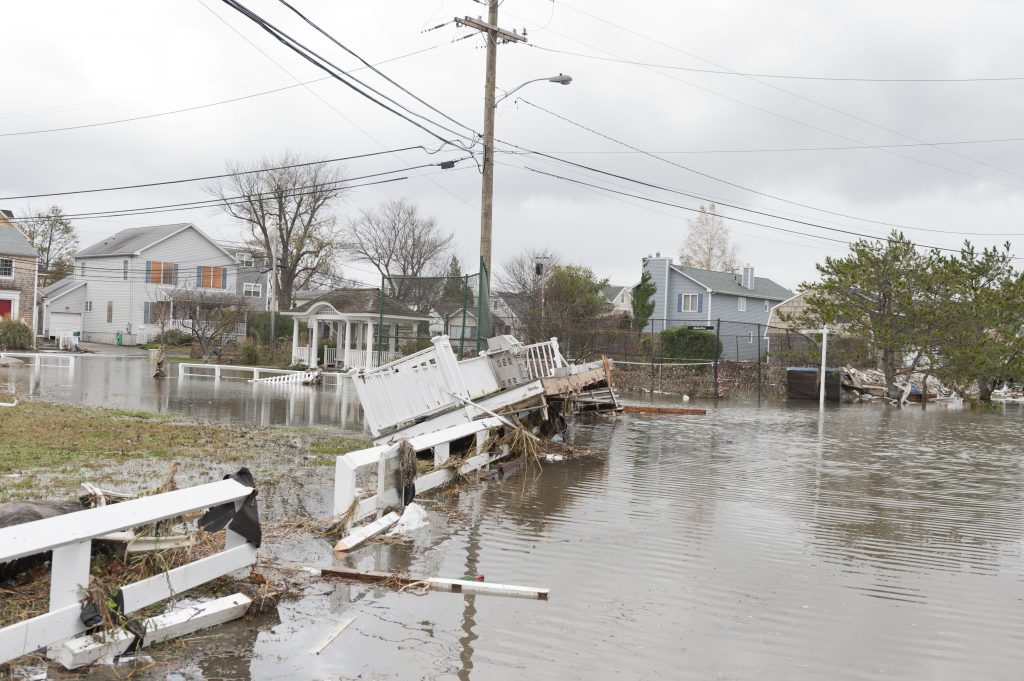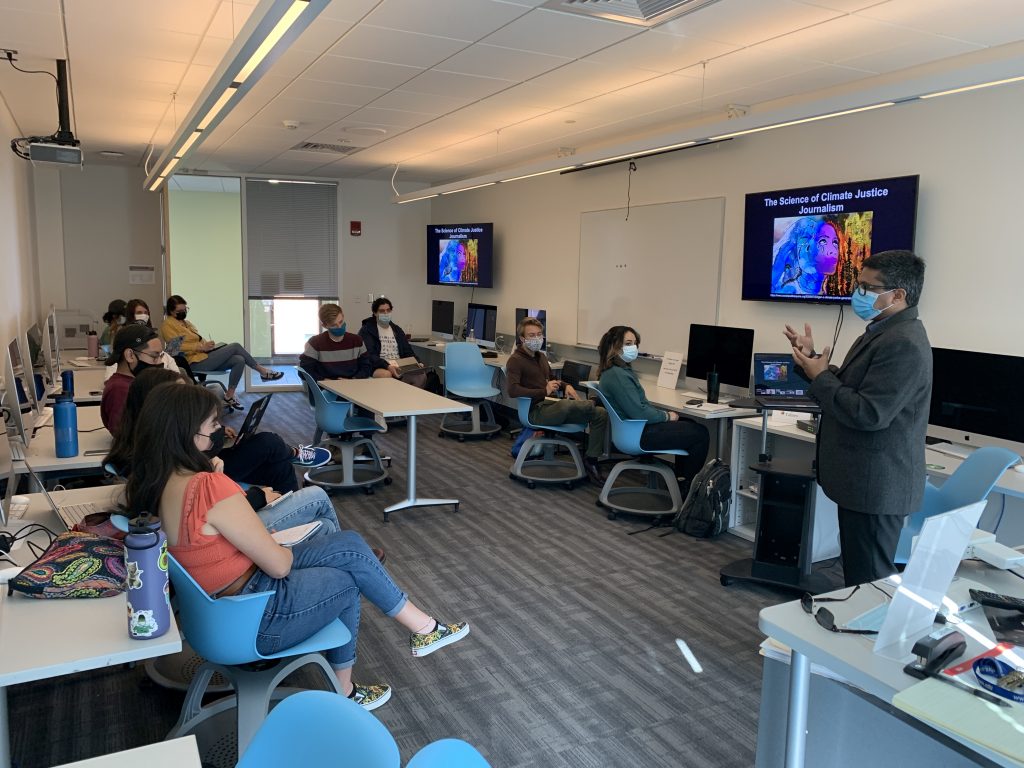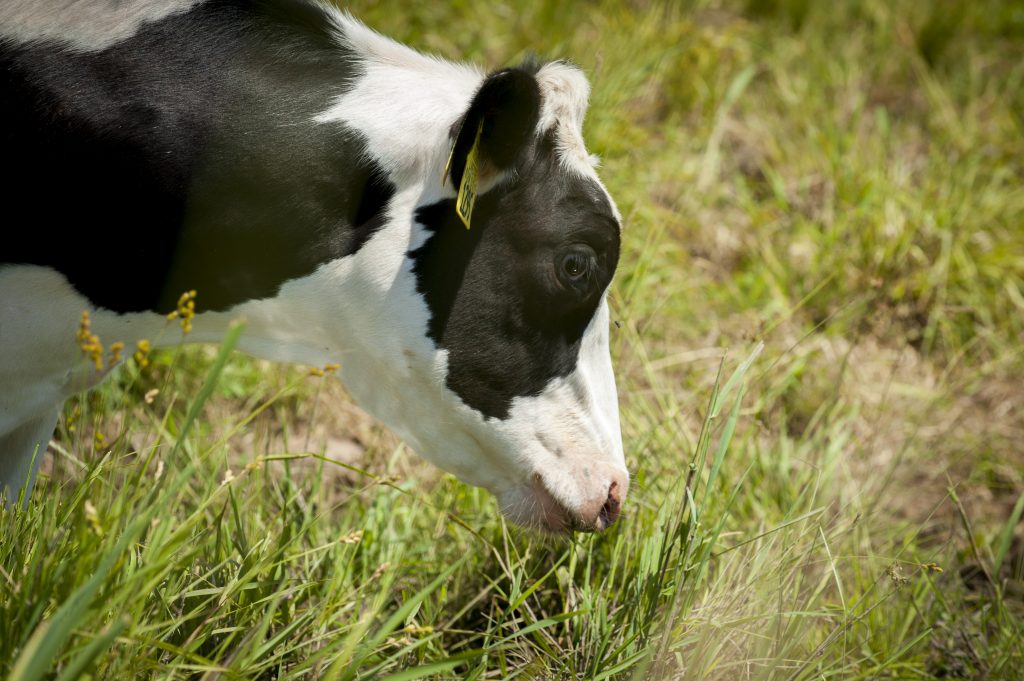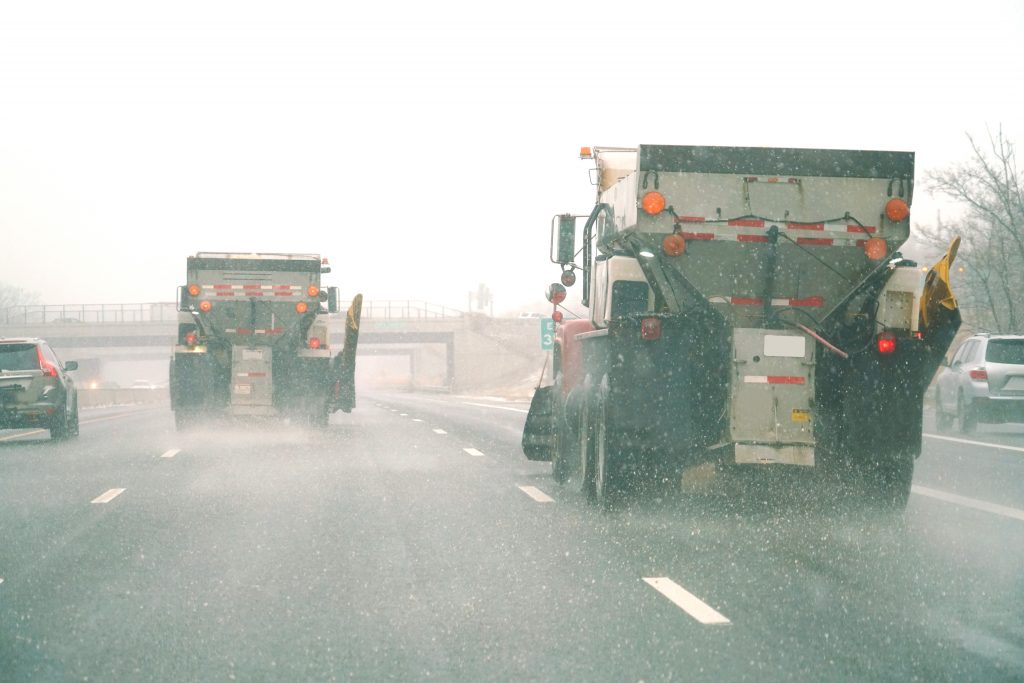Sustainability
UConn Student Group Stepping Up to Help Push for Clean Energy
Harnessing student enthusiasm and talent to advocate for new solutions
February 28, 2022 | Elaina Hancock
Digging into the Finer Details of Retired Cranberry Bog Restorations
As cranberry farming shifts from New England, efforts are underway to restore the famous 'bogs' as beneficial wetlands
February 21, 2022 | Elaina Hancock
From Policy to Practical: UConn Students, Alumni Use Personal Strengths to Address Climate Change
Marshaling the University's resources to tackle the pressing issue of climate change through research, policy advocacy, and more
February 18, 2022 | Kimberly Phillips
Fact Sheets Help Local Leaders in CT Navigate Climate Change Questions
Adapt CT offers guidance on matters ranging from beach erosion to the flooding of coastal highways
February 11, 2022 | Judy Benson, Connecticut Sea Grant
Reimagining the Commons for a Just and Sustainable Future
Rethinking how shared resources are protected and stewarded has major implications for global society
February 10, 2022 | Elaina Hancock
Study: More Wind Energy Infrastructure = More Votes for Incumbents
Both Republican and Democratic politicians benefit from having wind turbines in the areas they represent, researchers found
February 8, 2022 | Elaina Hancock
Lab to Table? Induced Pluripotent Bovine Stem Cells Overcome Decades-Long Challenges for Cultivated Meat
Technology from animal scientists is paving the way for future advances in sustainable food production
January 27, 2022 | Anna Zarra Aldrich, College of Agriculture, Health and Natural Resources
Too Much Salt: Good for Winter Travel, but with Consequences for Environmental and Human Health
An overuse of road salt in the winter has potentially harmful effects for everything from wildlife to groundwater
January 11, 2022 | Elaina Hancock
UConn Magazine: Bee Good
'Raina is different. She has the eye of the tiger, she has the thing you cannot teach, so you just try to support it'
Closer Collaboration and Community Outreach for Urban Sustainability, Together at Hartford Campus
The partnership between CIRCA and SCGI aims to help build more environmentally sustainable and resilient cities
December 9, 2021 | Elaina Hancock
